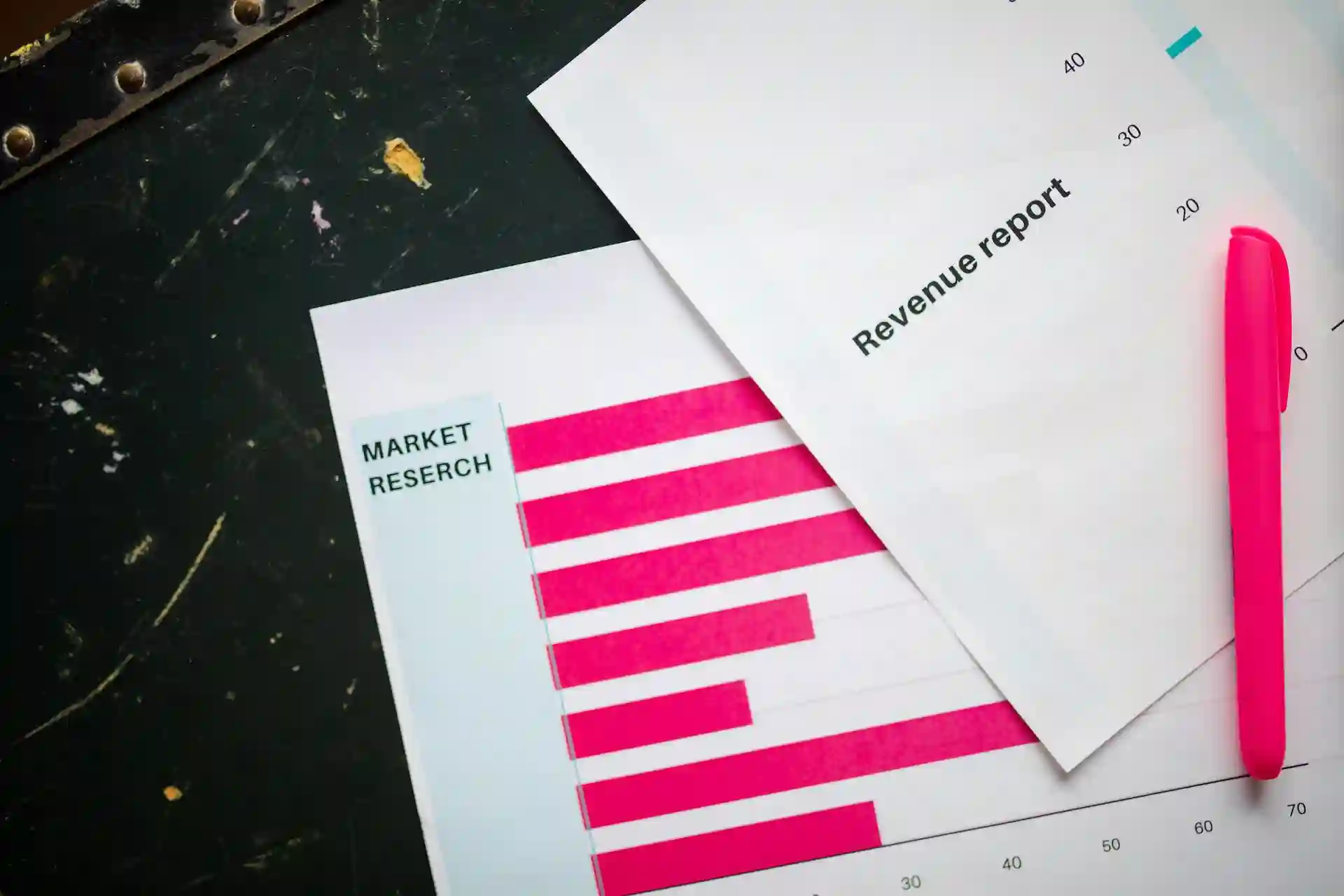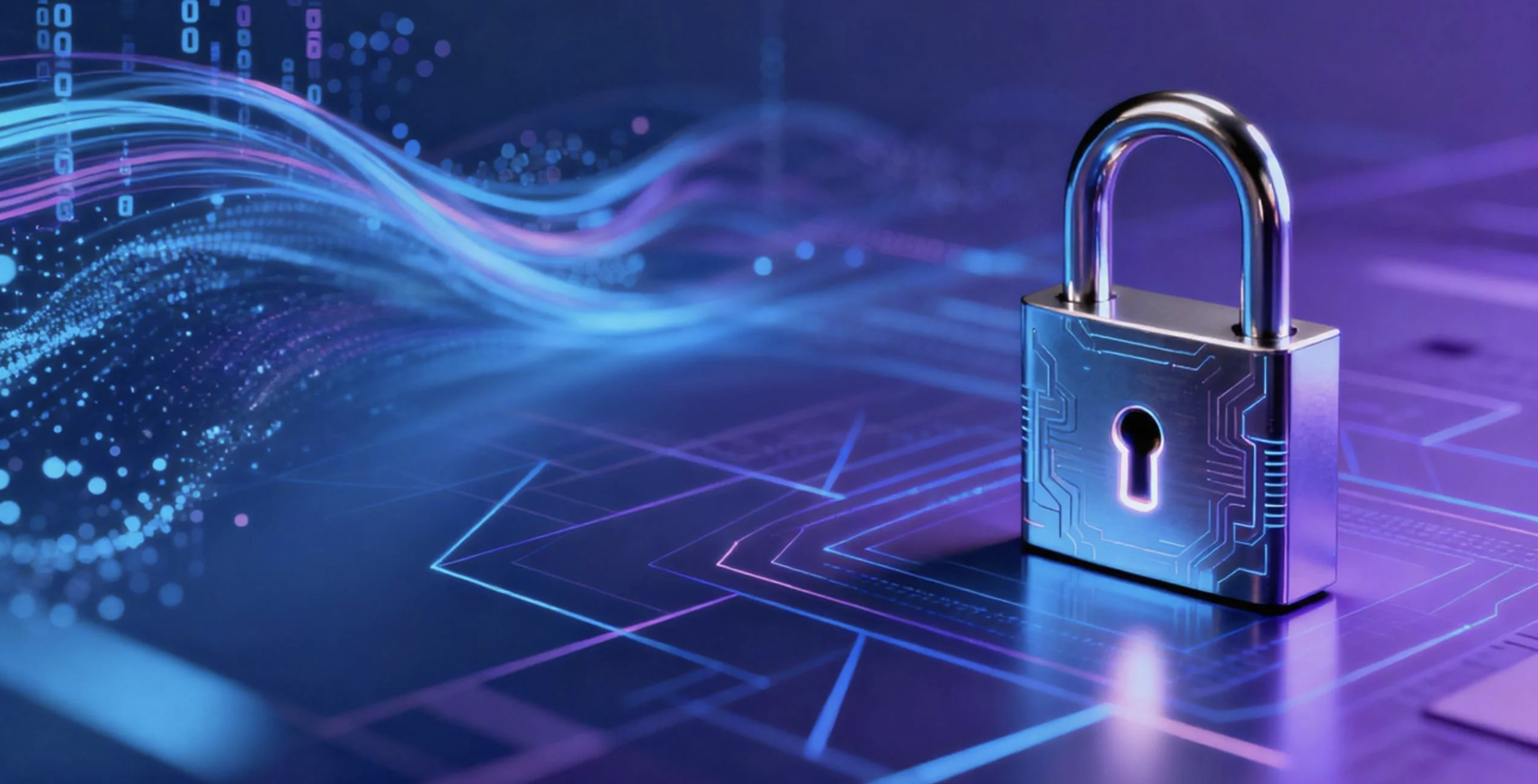
Secure and reliable services to global clients
We demonstrate our commitment to information security by certifications from both international and domestic authorities.

Secure and reliable services to global clients
We demonstrate our commitment to information security by certifications from both international and domestic authorities.

What is Robotic Process Automation (RPA)?
✓ Understand instructions better through natural language
✓ Make decisions with AI insights based on collective data
✓ Organize and execute tasks securely with more precision
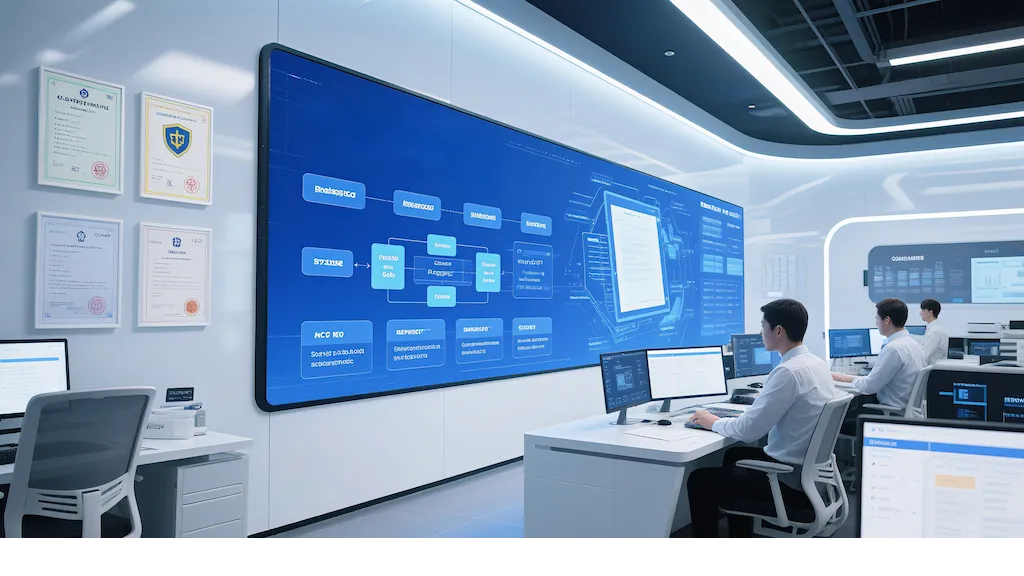
What is Intelligent Document Processing (IDP)?
Nowadays, IDP can draw conclusions or make predictions based on data from paper or electronic documents, which means you can form business insights by yourself.
Six Core Capabilities of IDP
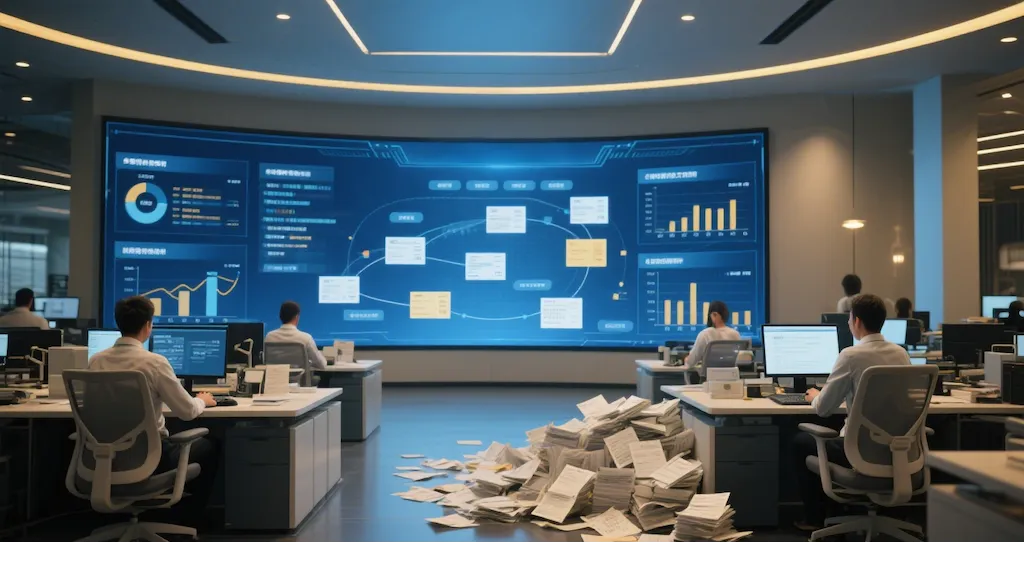
Core advantages
- Leading performance
Laiye IDP is powered by semantic understanding via LLMs and our unique OCR technology. Accuracy is ensured even in complex scenarios. - Enterprise-grade security
Certified by international standards such as ISO/IEC 27001. Reliability and data security is over 99.9%. - Trustworthy intelligence
Process documents with human feedback. Improve capability through self-learning and upgrades. - Open integration
Integrated with RPA and connected to open API and MCP, Laiye IDP can handle documents on various systems and applications.

Security and Compliance
Security Certificates
Achieving SOC 2 compliance shows that Laiye has strong internal controls and security practices to protect customer data.
Laiye RPA has earned ISO/IEC 27001 certification, meeting international best practices for information security. This demonstrates our ability to manage risks and our commitment to delivering safe, dependable services worldwide.
Our platform is fully compliant with the General Data Protection Regulation (GDPR), which means your personal and sensitive data is handled with the highest standards of privacy and security.
We have successfully passed Veracode’s security verification program, a rigorous assessment of application security. Our platform ensures secure software development and protect your automation environment from vulnerabilities.
Difference between types
floating authorization
binding machine
foating authorization
Difference between community and enterpise versions
Paradigm Shift in RPA Development

No security flaw
Security and reliability are core principles in every Laiye product. Automated vulnerability scanning and penetration testing are essential during our development. All our releases undergo and pass a top-tier security review by Veracode. What's more, before each major version and APK release, we run static code analysis, third-party dependency scans, dynamic testing, and anti-malware checks. Any detected vulnerabilities are prioritized, fixed, and revalidated. We apply the same security standards to partner and open-source packages to ensure a safe, trusted ecosystem.

Support multiple domestic IT innovation platforms
Automation Commander now fully supports deployment on Huawei Kunpeng CPUs running Linux, backed by official technical certification. Laiye RPA has also passed compatibility testing by the Financial IT Innovation Ecosystem Lab, meeting compliance and deployment requirements for the financial industry’s domestic IT infrastructure.
Differences between SaaS Version & On-premise Version
Differences among different types
Differences between community & enterprise versions
Differences between community version & enterprise version

RPA in the future
RPA remains essential for digital transformation.
Simplify automation: Low-code platforms let anyone build robots.
Wide compliance: Runs on old systems without costly transfering.
Handles complex tasks: Manages tasks across multiple apps.
Self learning: Cloud and API integration enhance automation.
Build digital worker: Advanced AI agents are deployed on your system to be utilized in any business scenarios.
Agent marketplace: With a user-friendly interfacing, anyone can run automation directly on MCP-supported systems.
Cognitive Automation: Simply tell the agents your needs, and they will reason and follow the steps.
Empower employees: free employees from repetitive tasks and work on productive jobs.
Human-AI collaboration: chat with agents to push actions. Auto-alerts are triggered when problems appear.
Developing skills: learn and build automation workflows without coding knowledge. Draw and share experience in our developers community.
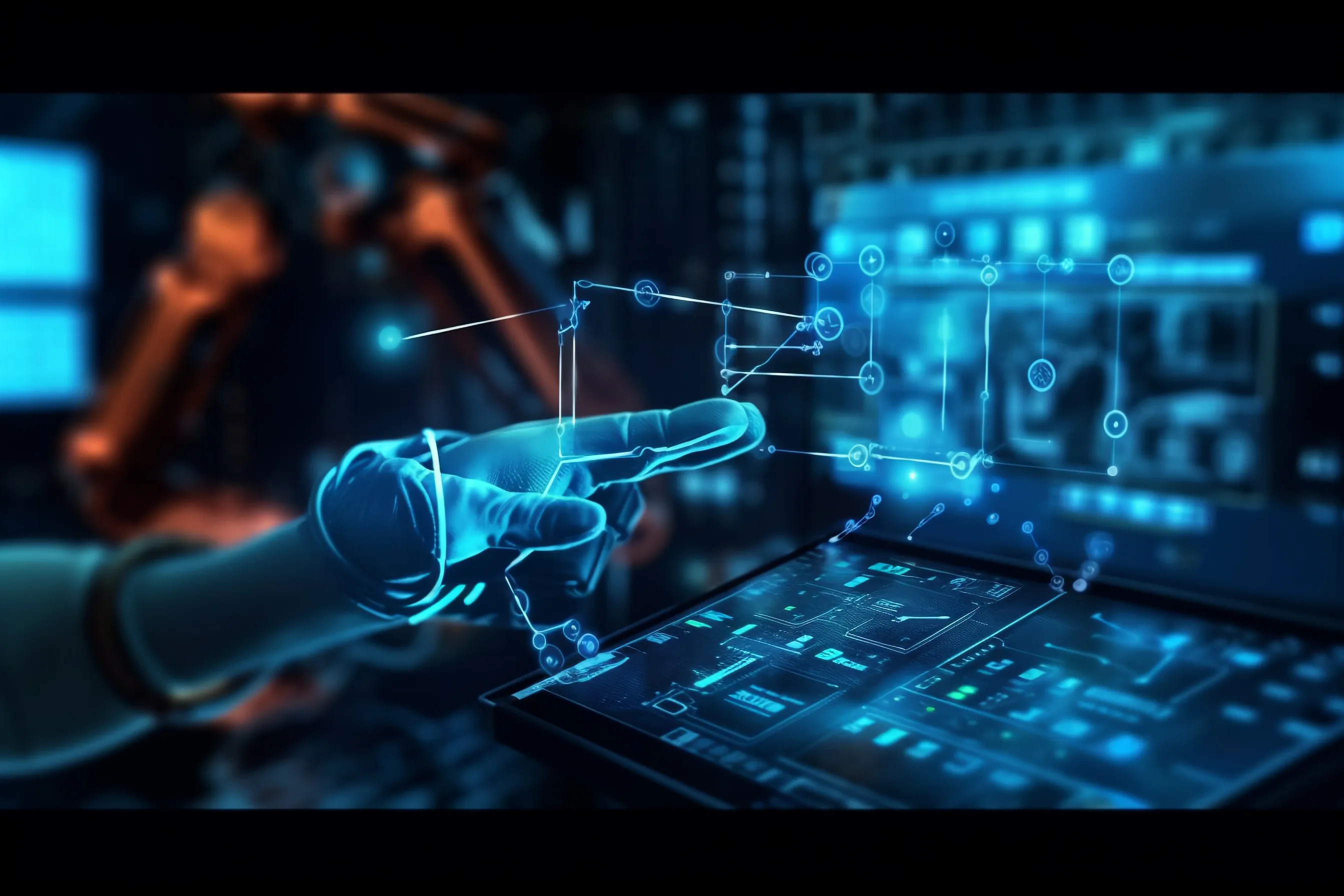
RPA Center of Excellence
The RPA CoE (center of excellence) is a team that:
✓Shares the best ways to use automation across departments
✓Makes sure the data can be utilized on all systems
✓Automates workflows for the enterprise
For businesses, CoE makes decisions faster, gets more value from data base and significantly cuts costs.
For employees, they can learn automation skills, spend less time on busywork and focus on creative thinking.

IDP in the future
LLM-driven IDP can understand sentences and further do analysis. For instance, IDP can evaluate clause that may impact your business and simulate costs of every step. Based on actionable suggestions, decision-making is no longer an issue.
To accelerate document processing, we let specific models work together. The workflow is like a pipeline; text, images, tables, etc. are analyzed and become your own database to generate AI business insights.
Connect your CRM system with Laiye IDP to get structured data resources for utilization. Built your chain of value, from database to business insights.



